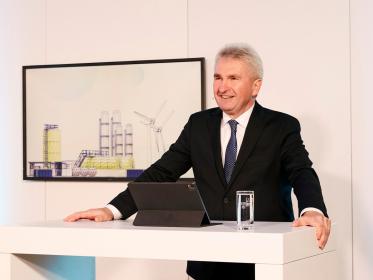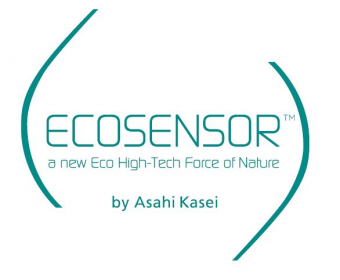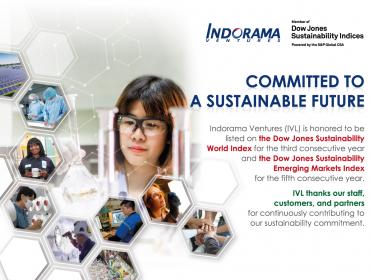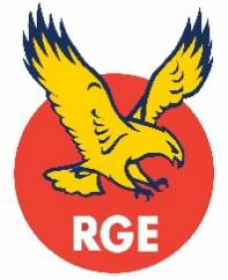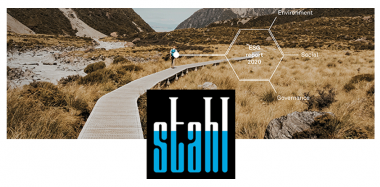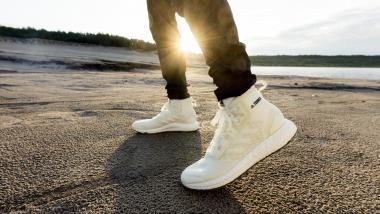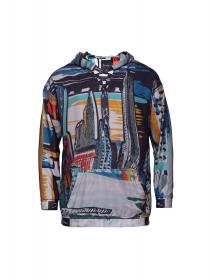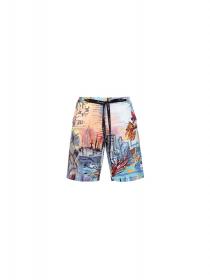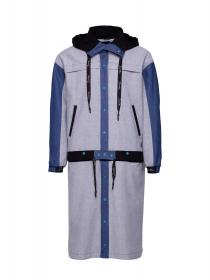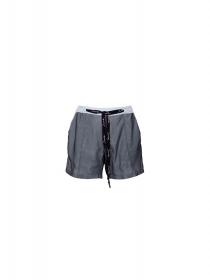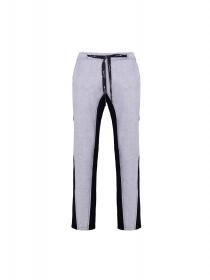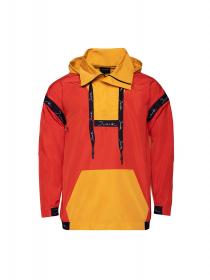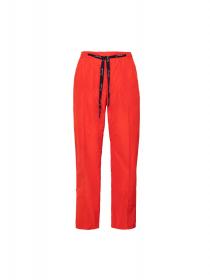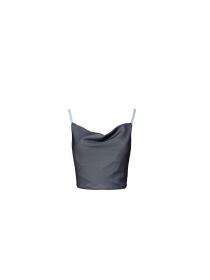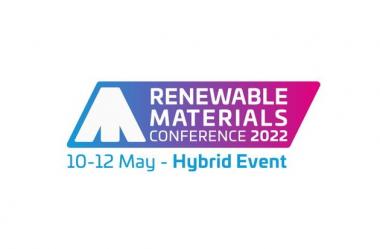Fraunhofer UMSICHT: Carbon Management Strategie NRW
Zahlreiche Produkte unserer Industriegesellschaft wie Stahl, Aluminium, Zement oder Kunststoff bestehen aus Kohlenstoff oder benötigen ihn, um hergestellt werden zu können. Zentrale Ansätze, wie der Umgang mit Kohlenstoff neu und nachhaltig gestaltet werden kann, hat das Ministerium für Wirtschaft, Innovation, Digitalisierung und Energie (MWIDE) mit der Carbon Management Strategie NRW vorgelegt. Ziel ist eine klimaneutrale Industrie. Auf einer gemeinsamen Veranstaltung des Thinktanks IN4climate.NRW und des MWIDE hat Wirtschafts- und Energieminister Prof. Andreas Pinkwart mit Expert*innen aus Industrie, Wissenschaft und Zivilgesellschaft die Inhalte diskutiert.
»Für uns ist klar: Kohlenstoff kann Klimaschutz«, so Minister Pinkwart. »Mit unserer Carbon Management Strategie zeigen wir ganz konkret, wie eine klimaneutrale Kohlenstoffwirtschaft in Nordrhein-Westfalen aussehen kann. Wir wollen Kohlenstoff nicht nur reduzieren, sondern auch nachhaltig so oft wie möglich im Kreislauf nutzen und die Gesellschaft transparent einbinden. Wir sind damit das erste Bundesland überhaupt, das sich dem Thema annimmt. So können wir unsere ehrgeizigen Klimaschutzziele erreichen und den Industriestandort von morgen gestalten.«
Eine klimaneutrale Industrie braucht nachhaltige Kohlenstoffquellen
Dr. Iris Rieth, Projektmanagerin für Kohlendioxidwirtschaft und Circular Economy bei IN4climate.NRW: »Eine klimaneutrale Industrie braucht nachhaltige Kohlenstoffquellen. Die Circular Economy und die Nutzung von CO2, dessen Ausstoß nicht vermieden werden kann, müssen wir weiter ausbauen. IN4climate.NRW hat in enger Zusammenarbeit mit Unternehmen und der Wissenschaft wichtige Ansätze erarbeitet, die den unterschiedlichen Industrieprozessen gerecht werden. Die Carbon Management Strategie führt nun die Bausteine der Transformation zusammen und setzt die notwendigen politischen Leitplanken, an denen wir uns in unserer weiteren Arbeit orientieren können.«
Infrastruktur für den Transport von CO2 muss aufgebaut werden
Kohlenstoffdioxid war bislang kein Bestandteil von Infrastrukturplanungen in Deutschland. Dabei wird es auch in Zukunft Prozesse geben, bei denen unvermeidlich CO2 entsteht, wie etwa bei der Herstellung von Zement. Verschiedene Projekte arbeiten bereits daran, CO2 direkt am Ofen abzufangen und anderen Branchen, vor allem der chemischen Industrie, als Rohstoff zur Verfügung zu stellen (engl. Carbon Capture and Utilisation, CCU). Eine Infrastruktur für den Transport muss jedoch erst noch aufgebaut werden.
Konkrete Optionen, wie ein solches Pipeline- und Transportsystem aussehen könnte, hat IN4climate.NRW Mitte Oktober in dem Diskussionspapier »CO2 in einer klimaneutralen Grundstoffindustrie« veröffentlicht. In einem weiteren Diskussionspapier »Circular Economy in der Grundstoffindustrie« hat IN4climate.NRW zudem aktuelle Stoffströme analysiert und Lösungsansätze für eine zukünftige industrielle Circular Economy erarbeitet. Beide Papiere sind maßgeblich in die Carbon Management Strategie des Landes eingeflossen.
An der Paneldiskussion haben neben Wirtschafts- und Energieminister Prof. Andreas Pinkwart teilgenommen:
- Dr. Iris Rieth, Projektmanagerin für Kohlendioxidwirtschaft und Circular Economy bei IN4climate.NRW,
- Prof. Görge Deerberg, stellvertretender Institutsleiter des Fraunhofer UMSICHT,
- Dr. Christoph Sievering, Head of Global Energy and Climate Policy & Site Transformation bei Covestro,
- Arne Grotenrath, Experte für Treibhausgasbilanzierung bei Germanzero sowie
- Michael Theben, Abteilungsleiter Klimaschutz im Ministerium für Wirtschaft, Innovation, Digitalisierung und Energie.
Fraunhofer UMSICHT


